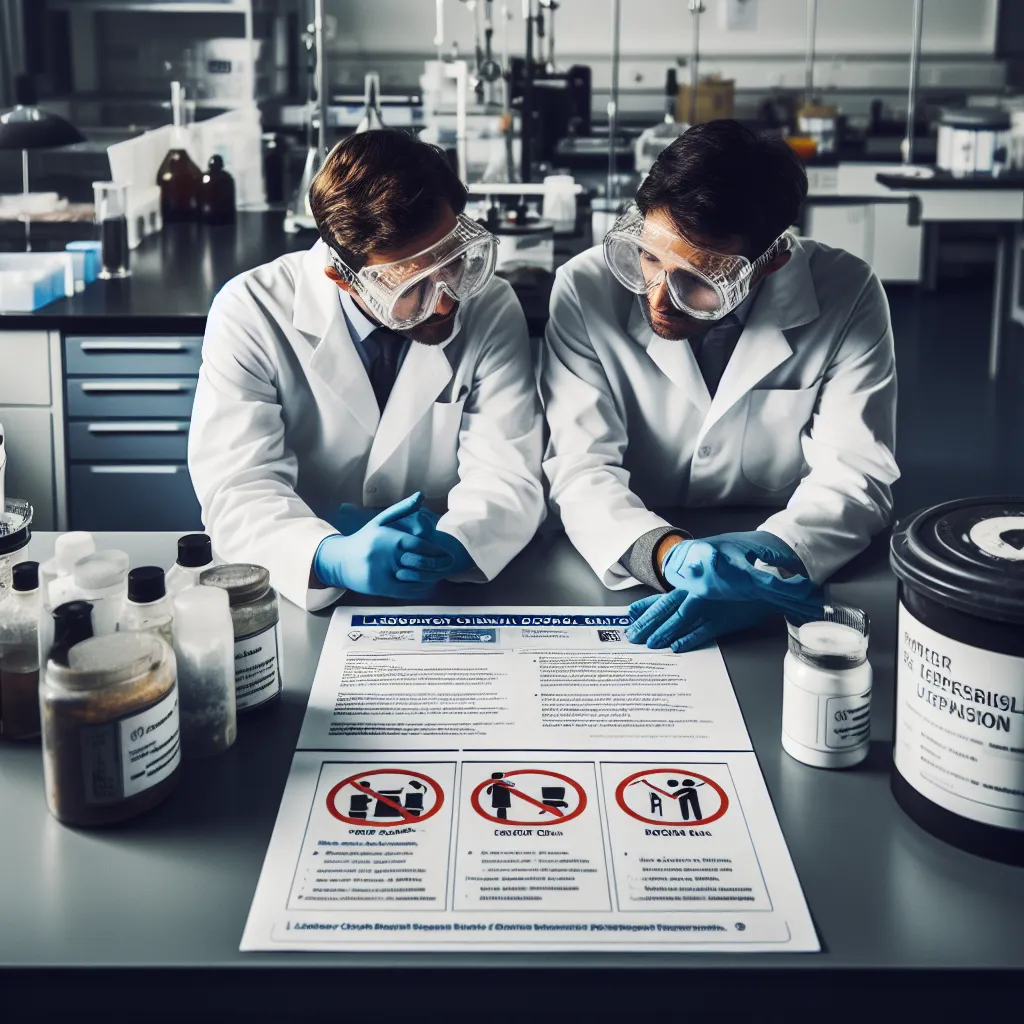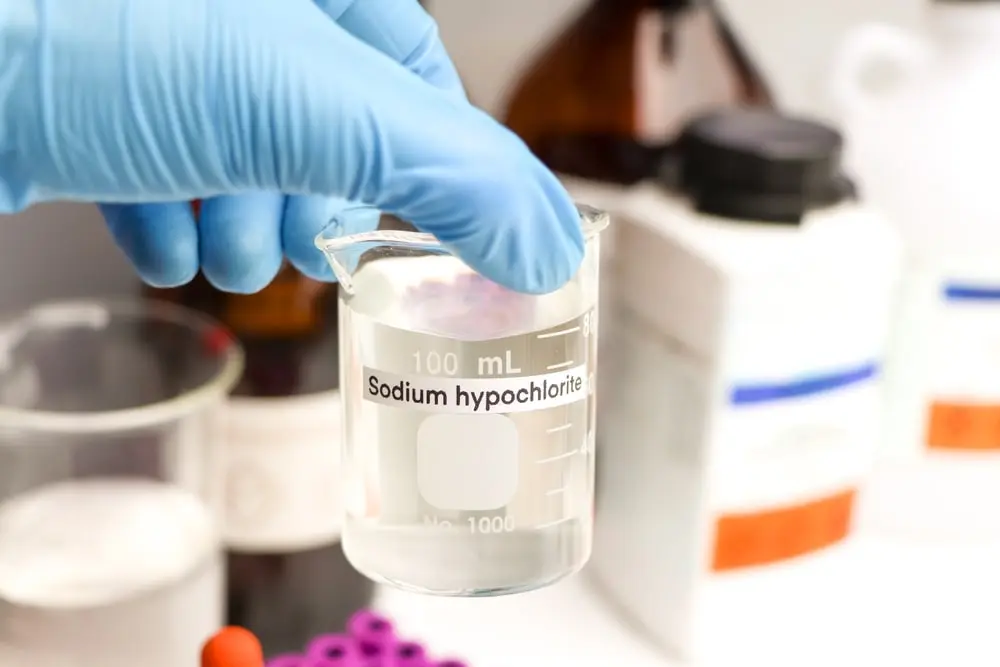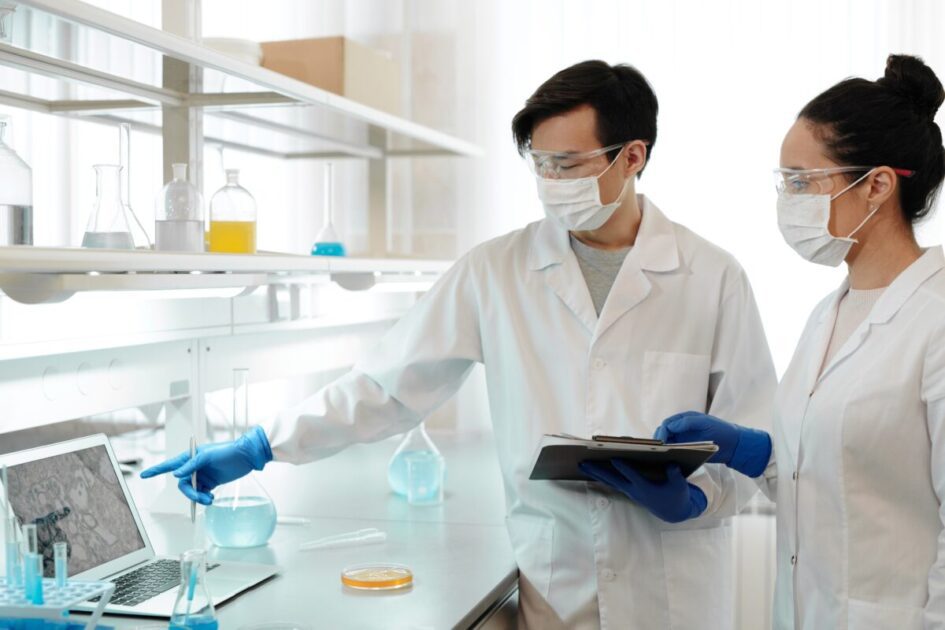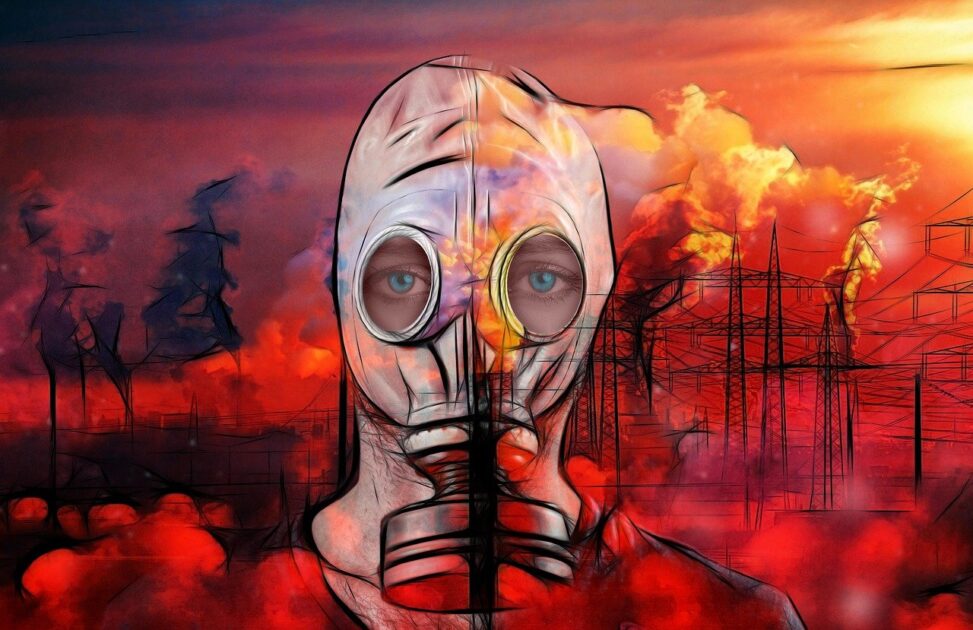Introduction
Staying safe in the lab is super important. Whether you are an experienced scientist or just starting, you must understand the importance of PPE or the lab. Gear in the laboratory is crucial. PPE is your first defence against the dangers in the lab. Let’s look at why PPE matters & how it keeps you safe.

What is PPE?
Personal protective equipment, or PPE, includes all the clothing & gear used to protect you from hazards. In a lab, this means wearing items like lab coats, gloves, goggles, face shields, & respirators. Each piece of PPE is designed to protect you from different types of risks.
Importance of PPE in Laboratories
Protection from Chemical Hazards
- Types of chemical hazards: Labs have many chemicals, some of which can be very dangerous. They can be corrosive, toxic, or reactive, posing serious health risks.
- How PPE protects against chemicals: PPE like gloves, goggles, & lab coats create a barrier between your skin & these harmful substances, preventing chemical burns, inhalation of fumes, & accidental swallowing of chemicals.

Biological Safety
- Risks of biological agents: Working with biological materials like bacteria, viruses, & human tissues can expose you to infections.
- Role of PPE in preventing biological contamination: PPE such as gloves, masks, & protective clothing stops direct contact with these agents, lowering the risk of infection & contamination.
Physical Protection
- Examples of physical hazards: In a lab, you might face risks from broken glass, sharp tools, or hot equipment.
- How PPE mitigates physical risks: Items like safety goggles, face shields, & heat-resistant gloves protect you from cuts, punctures, & burns, helping you handle equipment & materials safely.
Enhancing Personal Safety
PPE is crucial to prevent injuries & limit exposure to harmful substances. Wearing the right gear helps lab workers avoid accidents & long-term health issues caused by hazardous materials.

Ensuring Compliance with Regulations
Overview of lab safety regulations: Regulatory bodies like OSHA (Occupational Safety & Health Administration) have strict guidelines for lab safety, including the use of PPE.
Consequences of non-compliance: Not following these rules can lead to serious penalties, including fines & lab shutdowns.
PPE’s role in meeting regulatory standards: Using PPE correctly helps labs comply with these regulations, protecting both the workers & the lab from legal issues.
Improving Lab Efficiency
Reducing accident-related downtime: Accidents can cause major disruptions. PPE helps prevent incidents, keeping projects on track without delays.
Enhancing worker confidence & performance: When lab workers feel safe, they perform better. Knowing they are protected lets them focus on their tasks without constant worry.
Promoting a Safety Culture
The importance of a safety-first mindset: A culture that prioritizes safety is essential for any lab. It ensures all team members are committed to maintaining a safe environment.
How PPE contributes to a culture of safety: Regular & proper use of PPE shows a lab’s commitment to safety, setting a standard & encouraging everyone to follow suit.
Types of PPE for Laboratory Use
Eye and Face Protection
Safety goggles & face shields: These protect against splashes, flying debris, & harmful radiation, safeguarding the face & eyes.
Hand Protection
Gloves: types and uses: Different gloves serve different purposes. For example, nitrile gloves resist chemicals, while latex gloves offer great dexterity for delicate tasks.
Body Protection
Lab coats, aprons, and protective clothing: These items protect the skin & clothes from spills & contamination while also showing a professional approach to lab work.
Respiratory Protection
Masks & respirators: These are essential when working with airborne particles, fumes, or biological agents, ensuring harmful substances are not inhaled.
Foot Protection
Safety shoes & boots: These protect from chemical spills, heavy objects, & electrical hazards, keeping feet safe in various situations.
Proper Use & Maintenance of PPE
Correct usage guidelines: Knowing how to properly wear & remove PPE is crucial. This includes the correct order & ensuring a proper fit.
Cleaning & maintenance tips: Regular cleaning & maintenance of PPE are necessary to keep it effective. For example, lab coats should be washed frequently, & goggles should be kept clean & scratch-free.
Importance of regular inspections: Routine inspections help find any damage or wear and tear that could reduce the PPE’s protection. Damaged gear should be fixed or replaced right away.
Challenges in PPE Usage
Common issues & misconceptions: Some common challenges include discomfort, restricted movement, & a false sense of security that might lead to carelessness.
Strategies to overcome challenges: Addressing these issues involves choosing the right PPE for the job, ensuring proper training, & promoting a culture that values safety over convenience.
Conclusion
In short, PPE is essential in labs for protection against various hazards. It ensures safety & compliance with regulations, enhances efficiency, & promotes a culture of safety. By understanding & using PPE properly, lab workers can create a safer, more productive environment for everyone.
FAQs
Q: What is the most important piece of PPE in a lab?
Gloves are often considered the most important because they protect against both chemical & biological hazards.
Q: How often should PPE be replaced?
A: This depends on the type of PPE & how often it’s used. Regular inspections are crucial to knowing when it’s time to replace them.
Q: Can PPE be shared among lab personnel?
A: PPE should not be shared, especially gloves & masks, due to hygiene & contamination risks.
Q: What should I do if my PPE is damaged?
A: If PPE is damaged, remove it from service immediately & replace it to ensure continuous protection.
Q: Are there any alternatives to traditional PPE?
Engineering controls like fume hoods & administrative controls like safety protocols can complement PPE but cannot replace the need for it.












